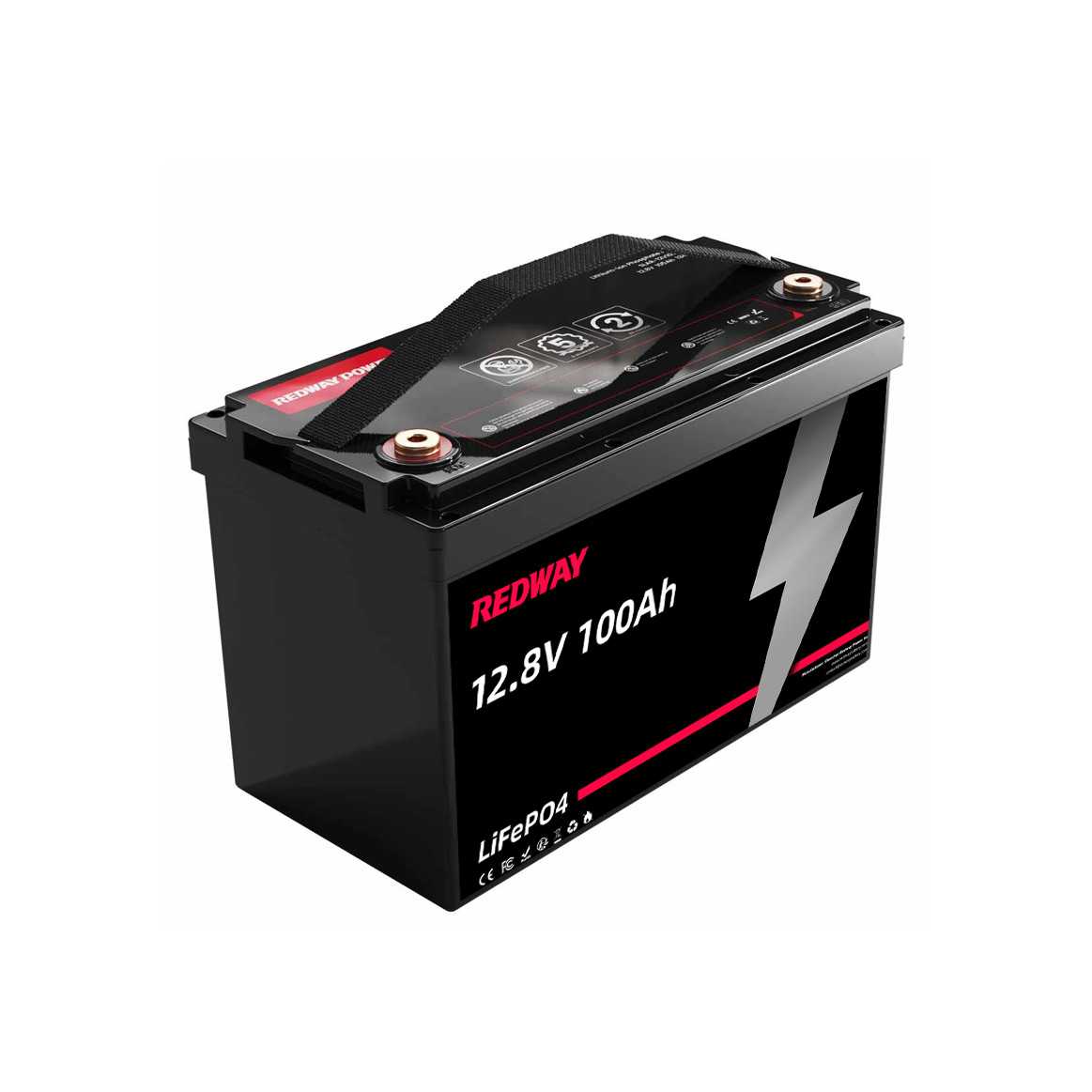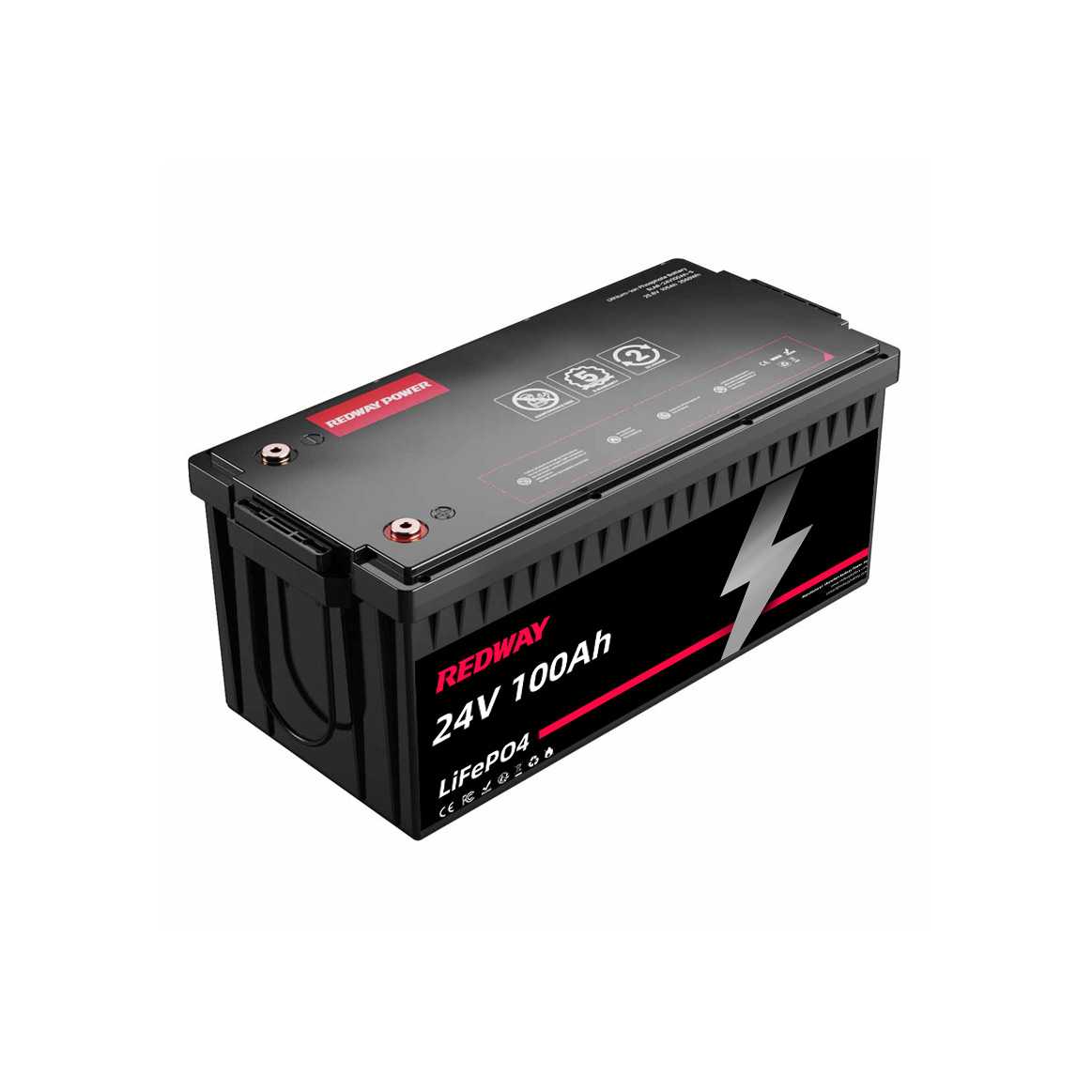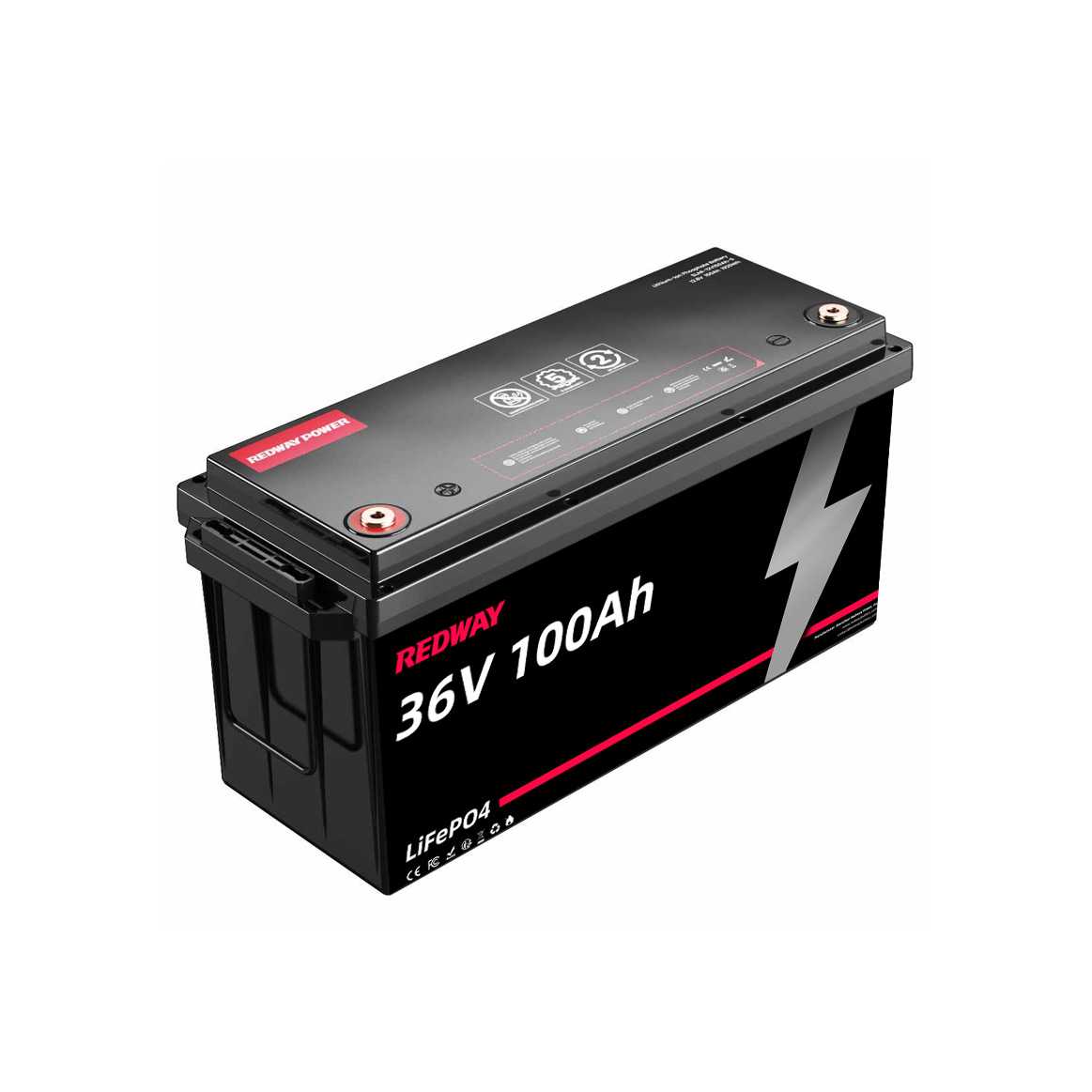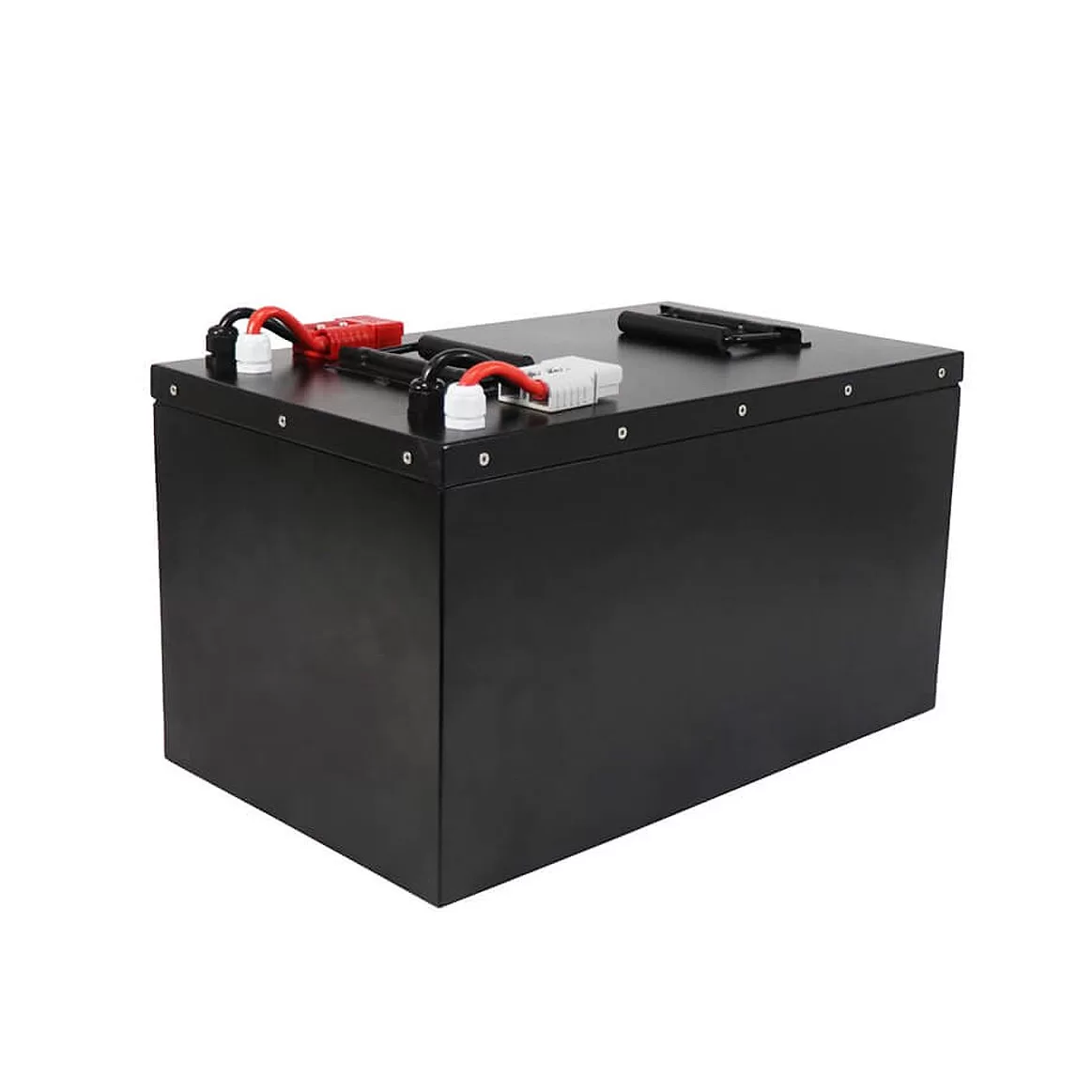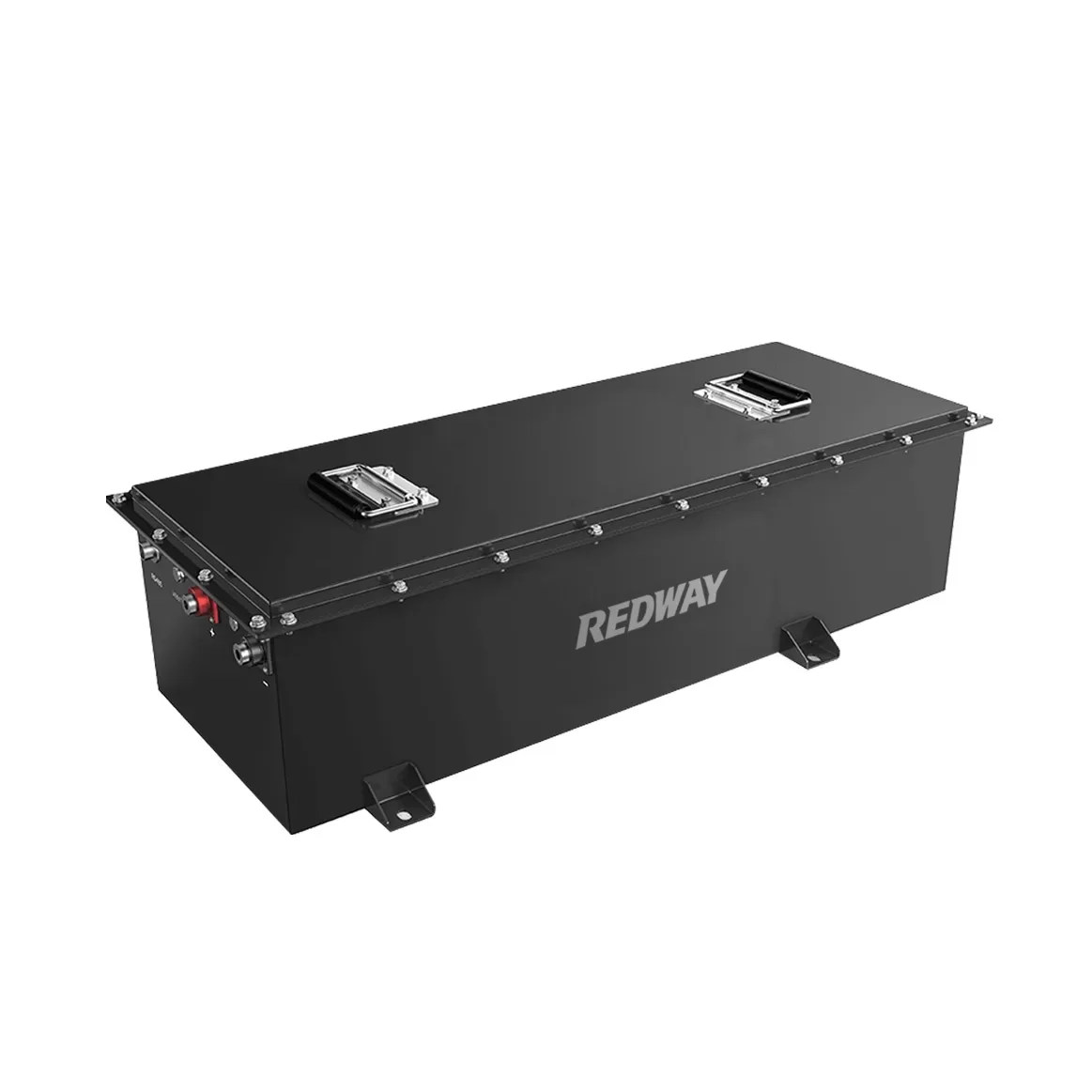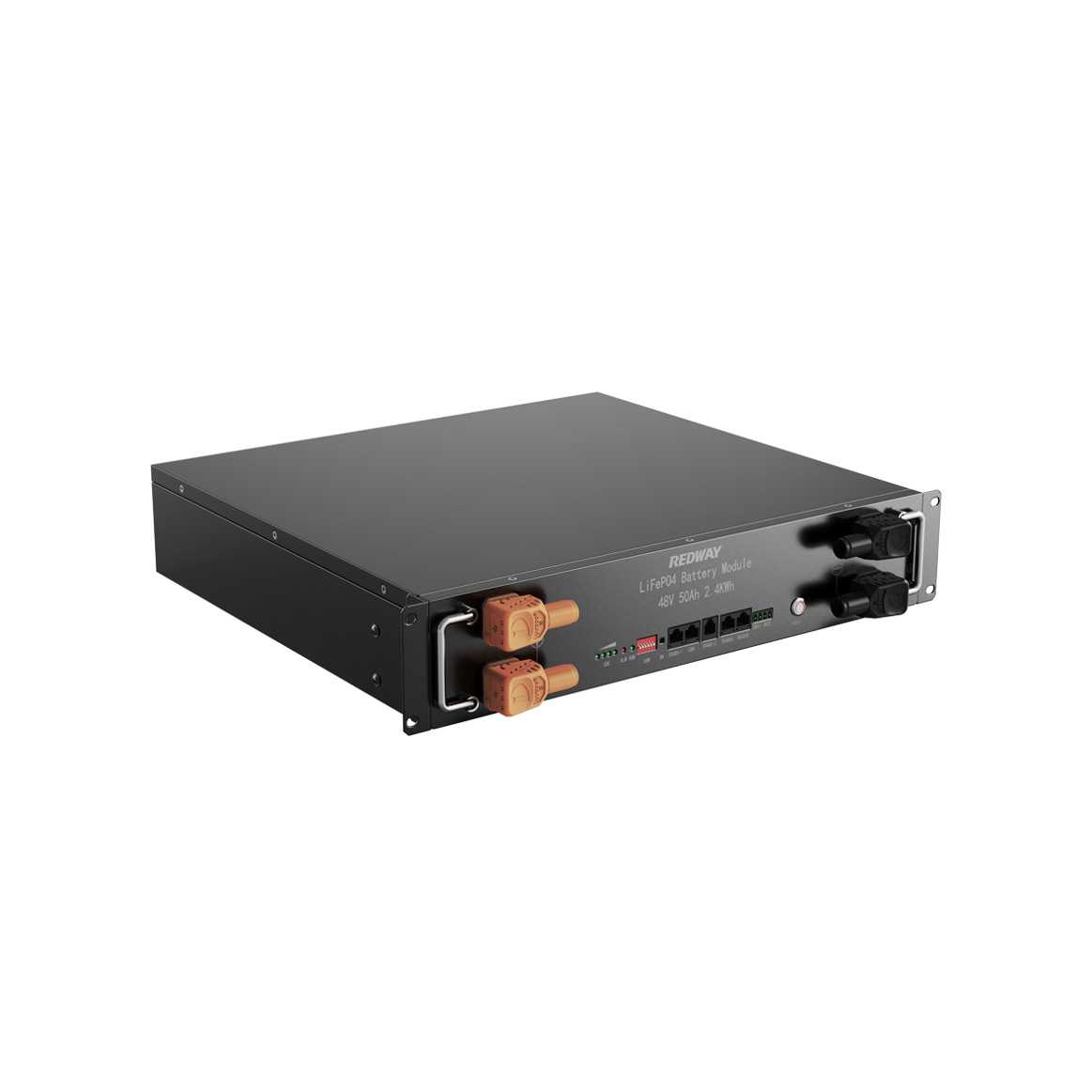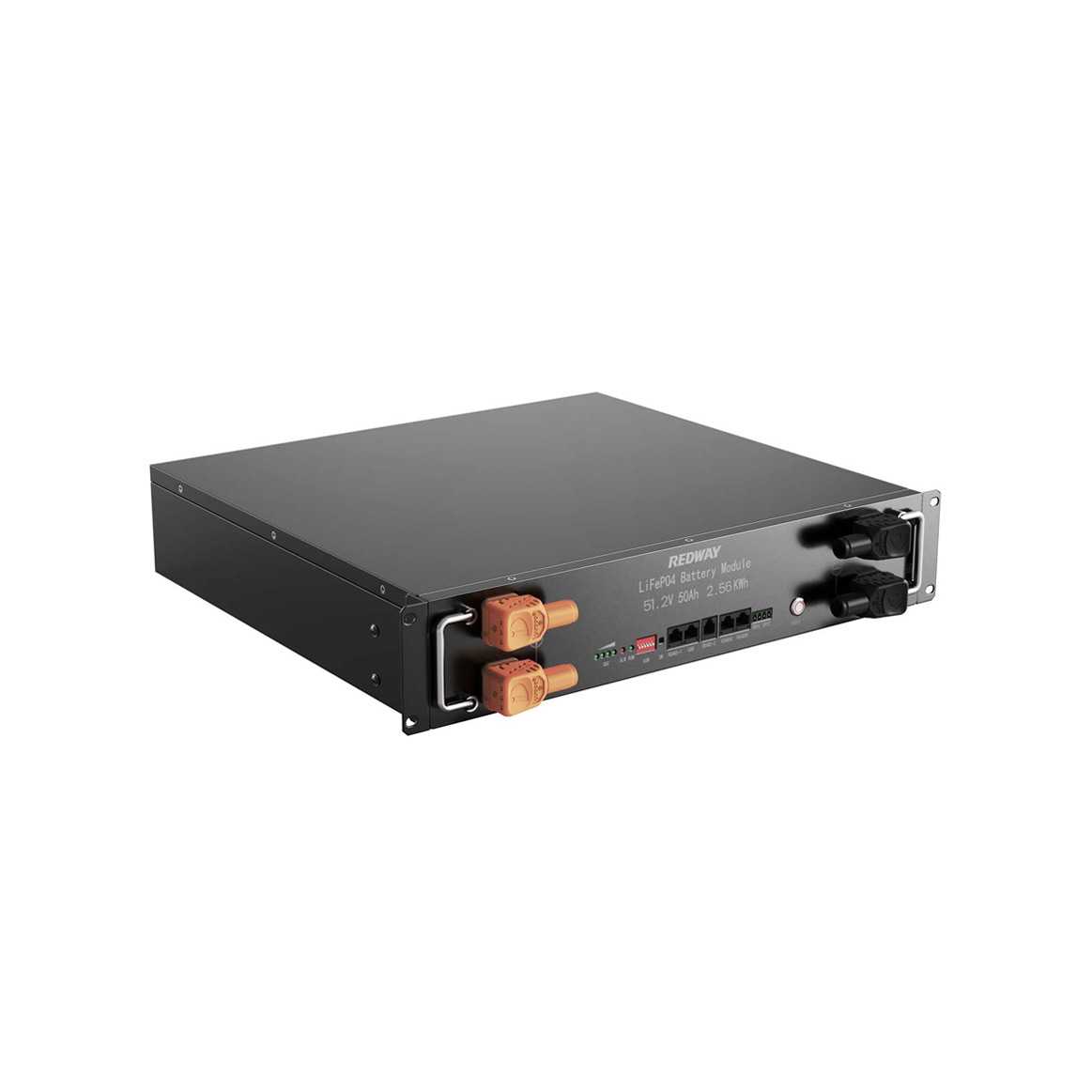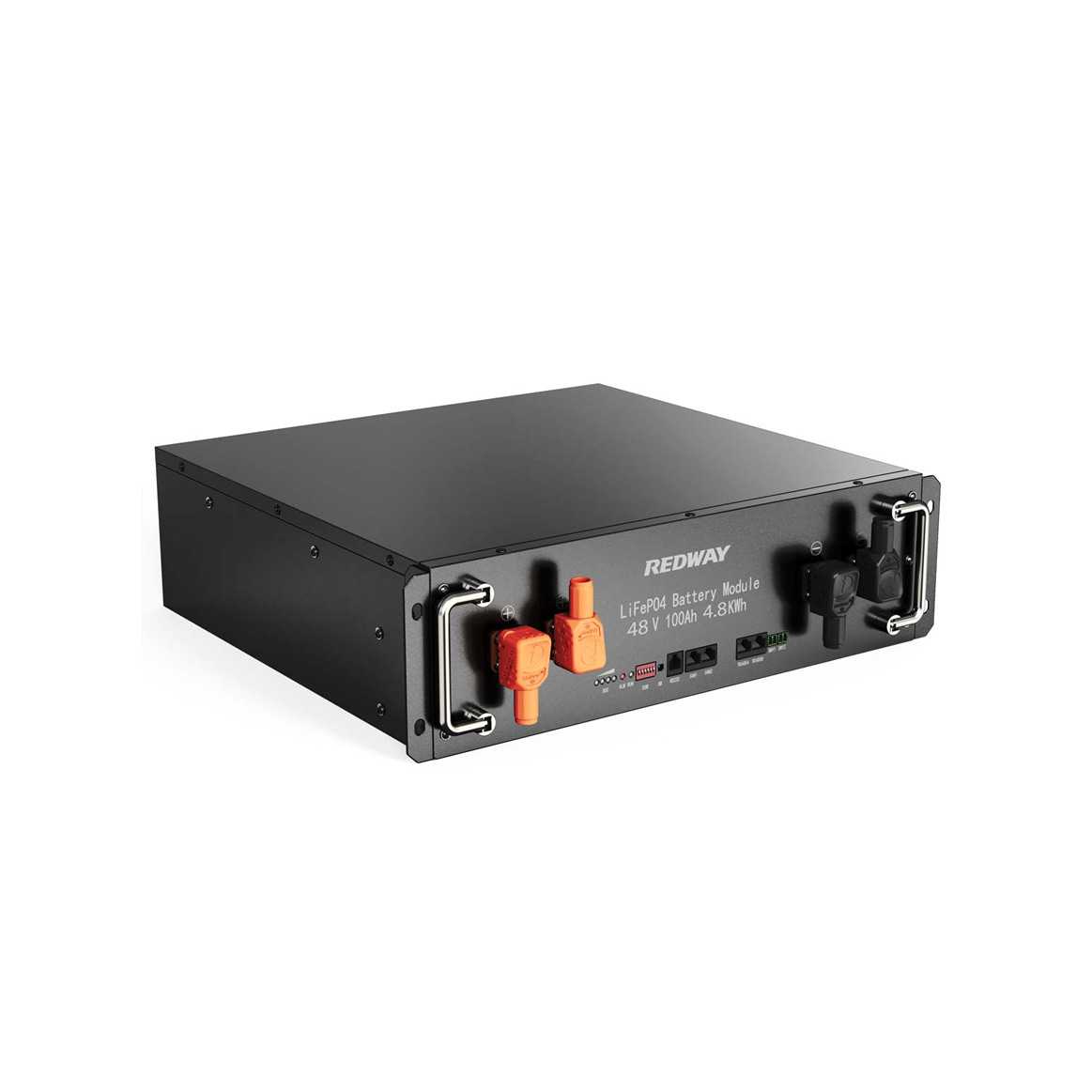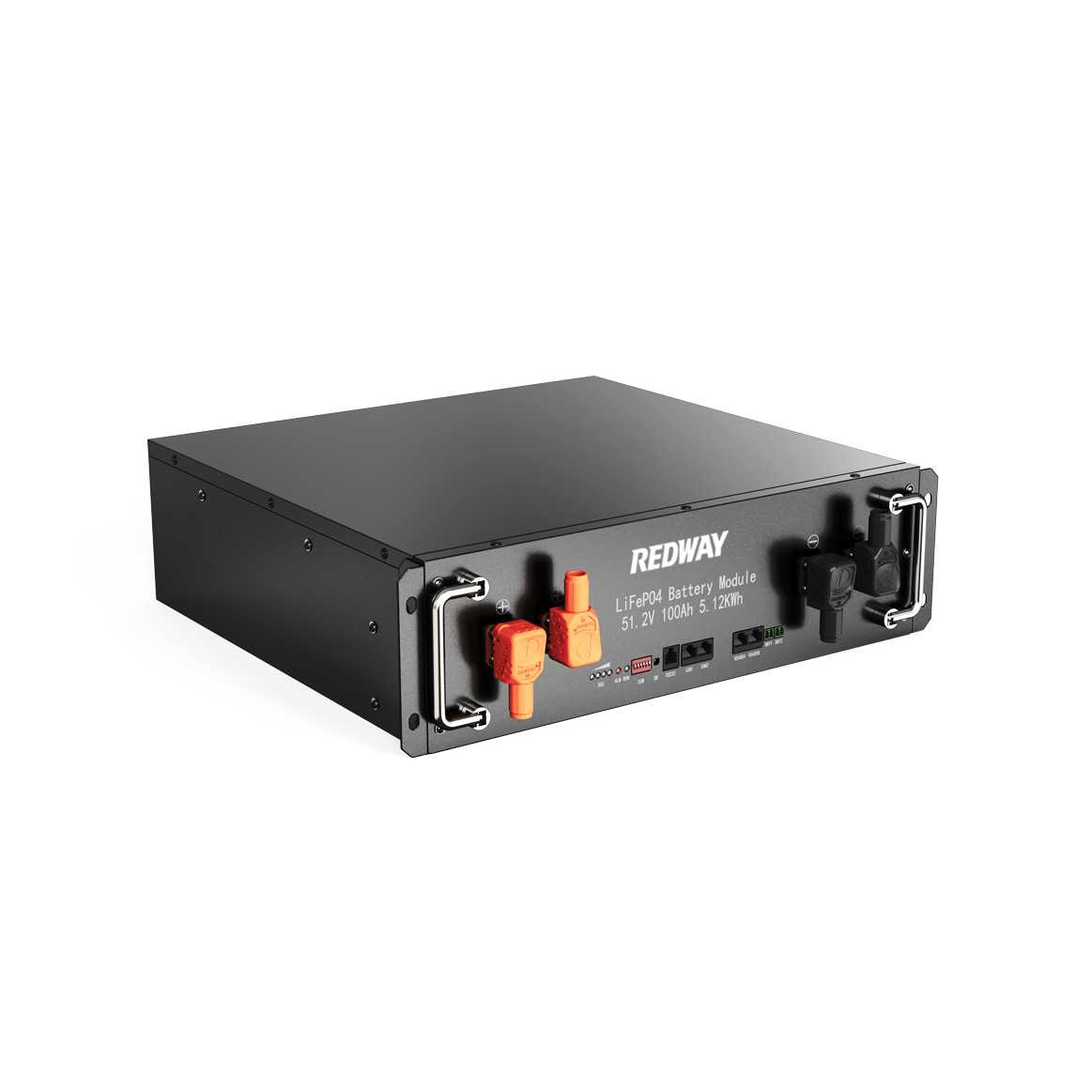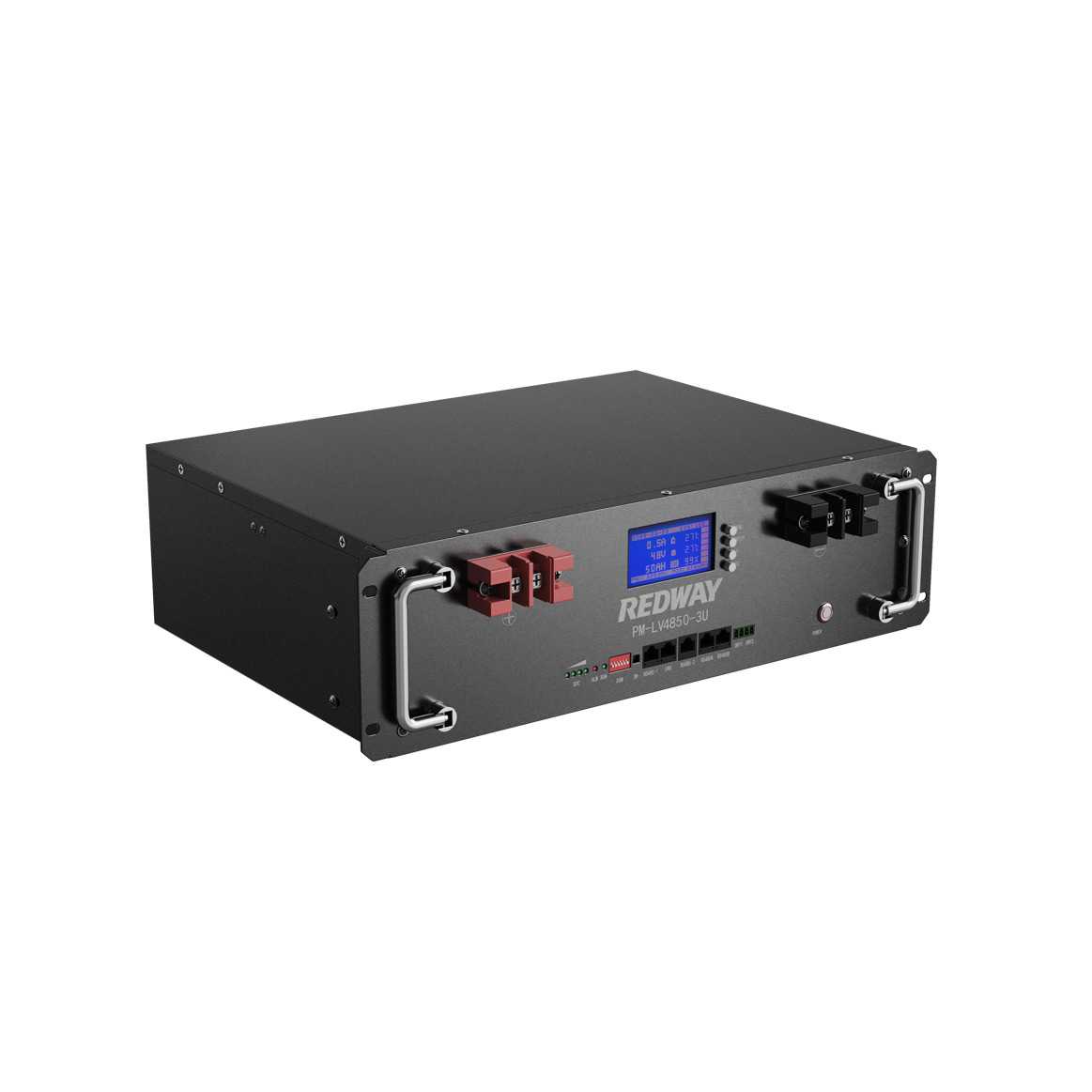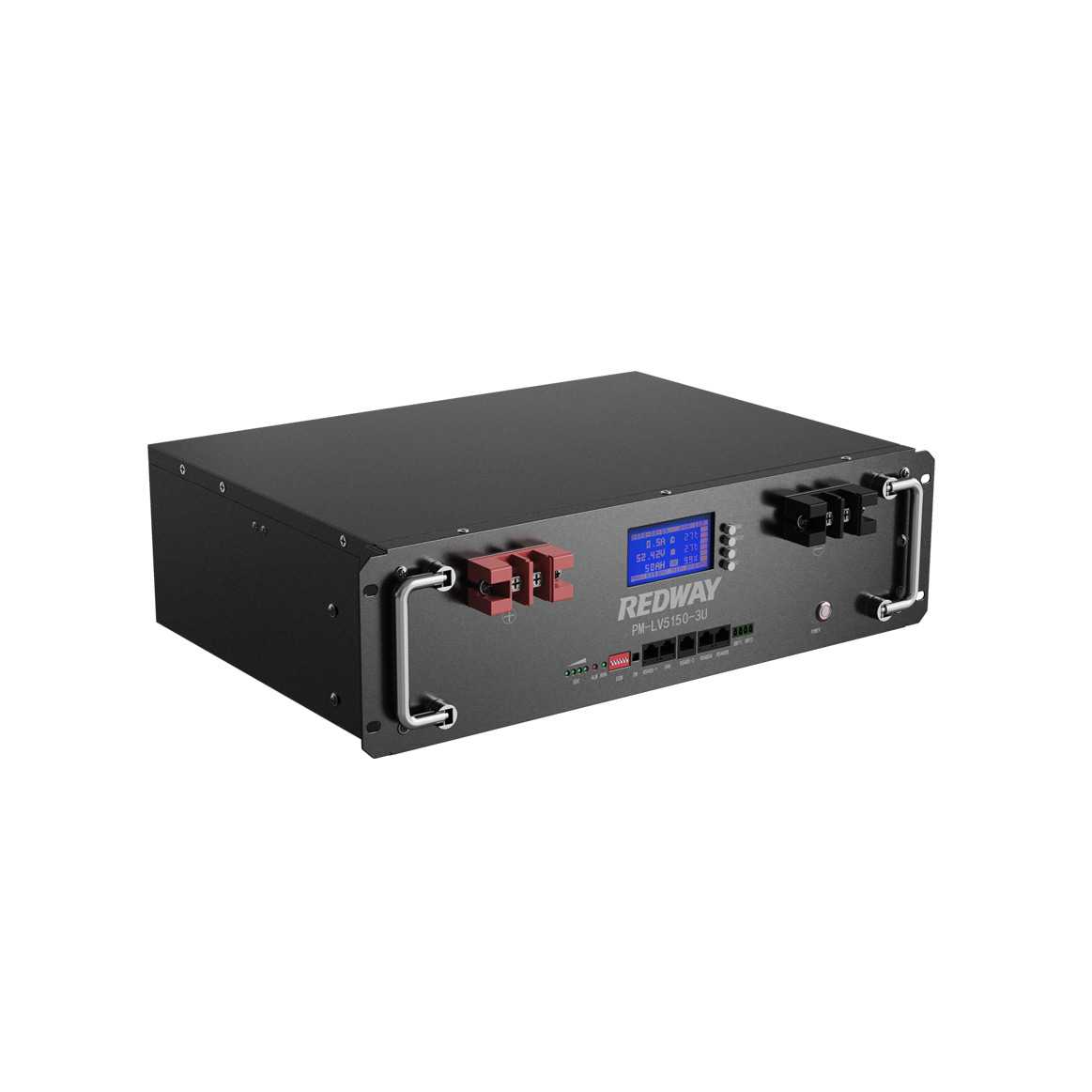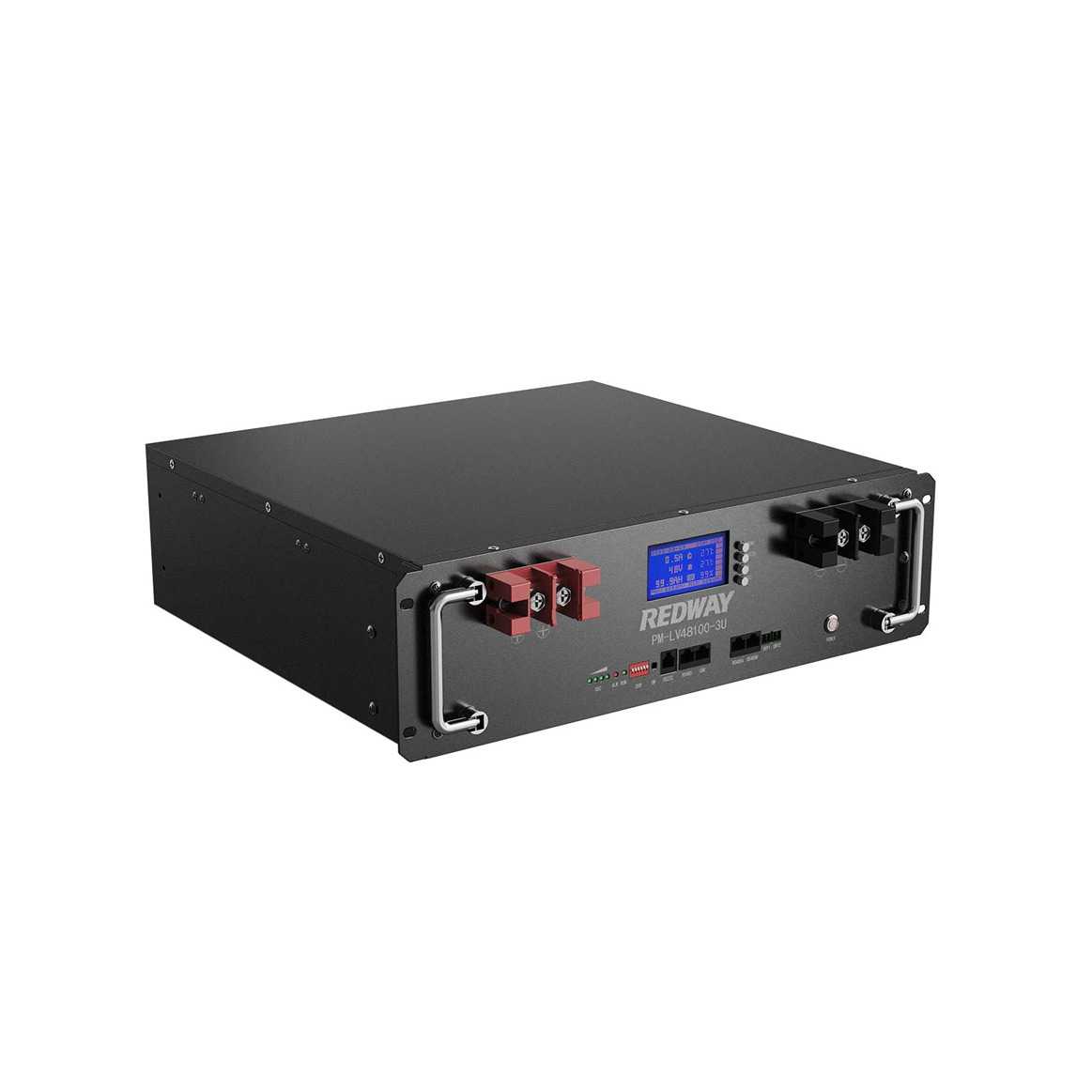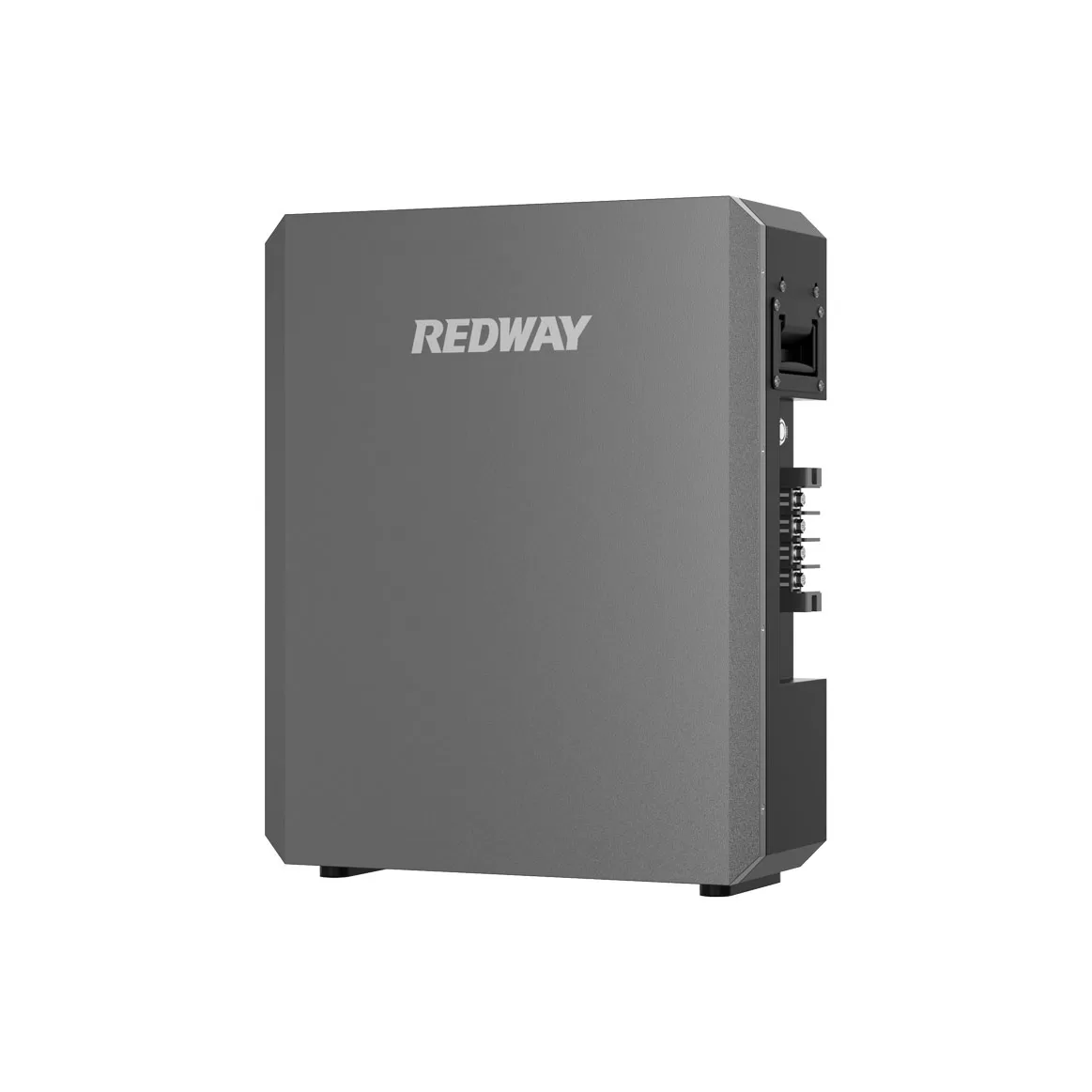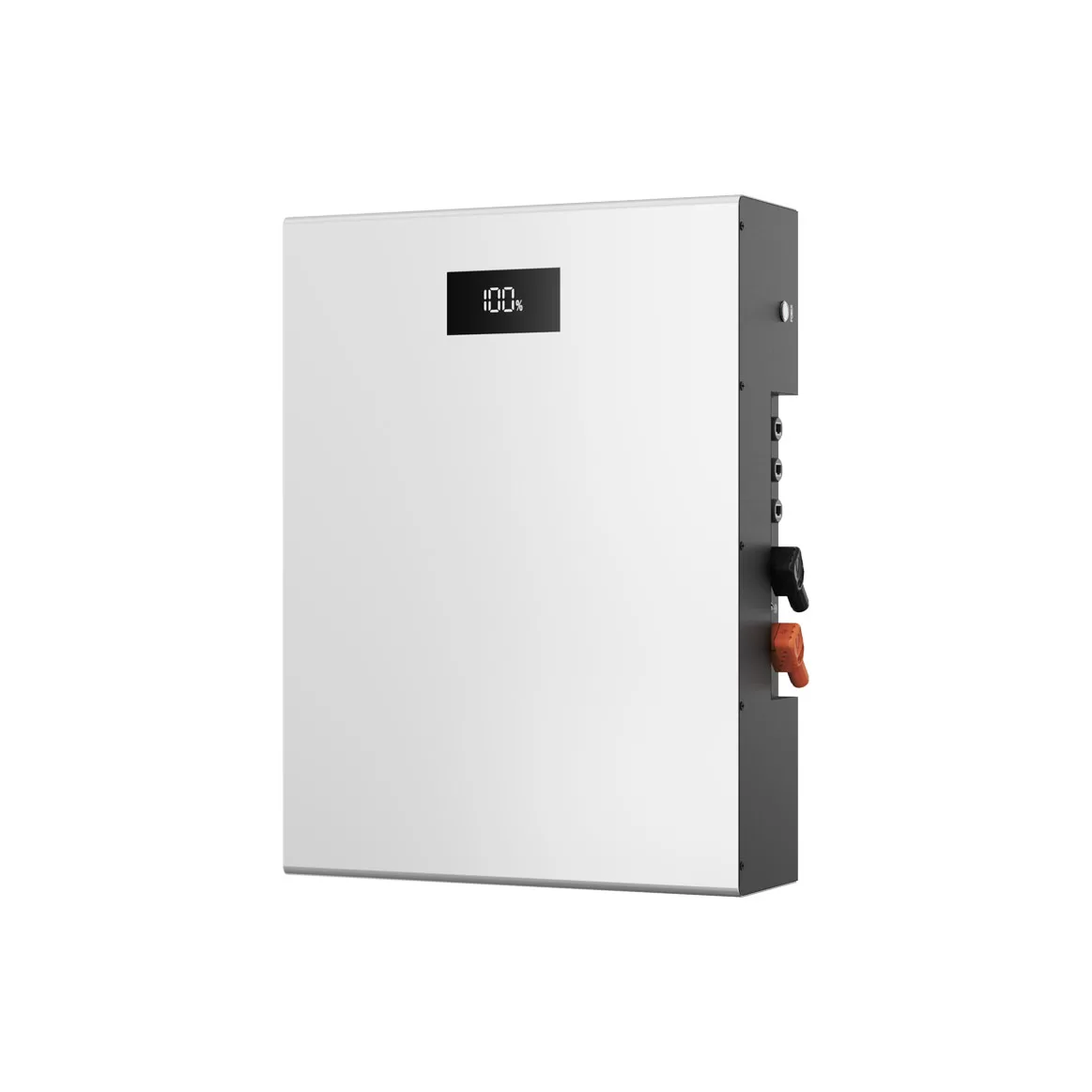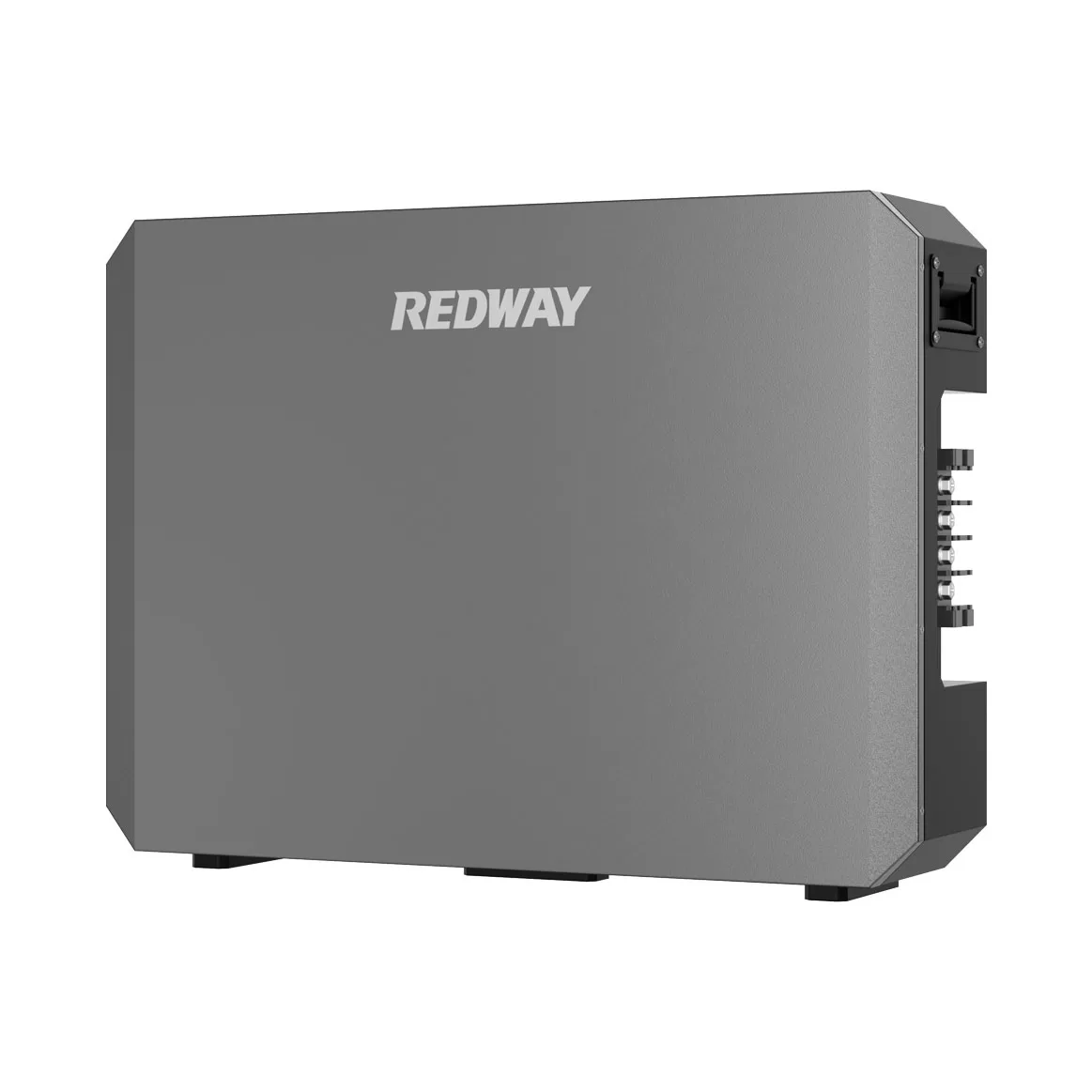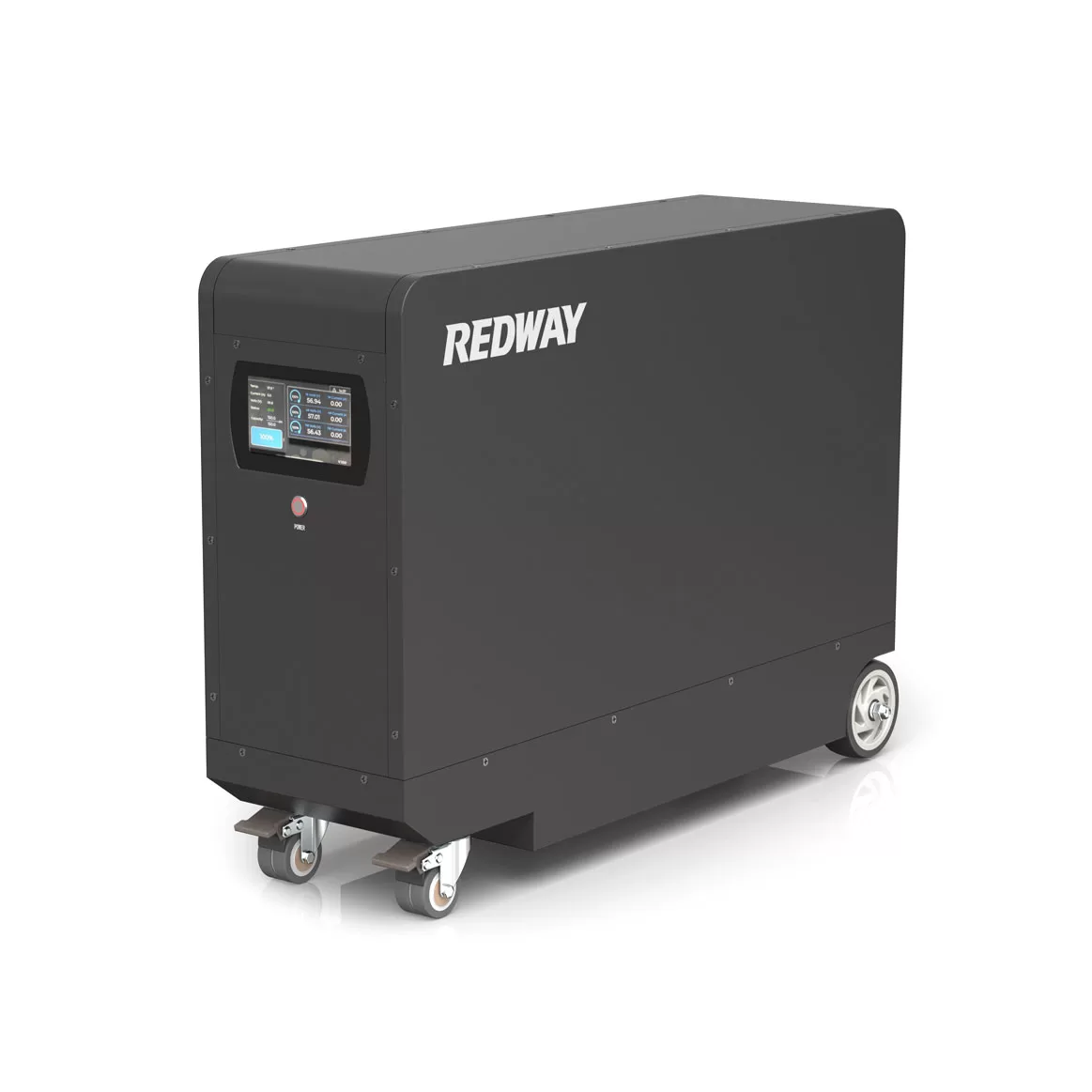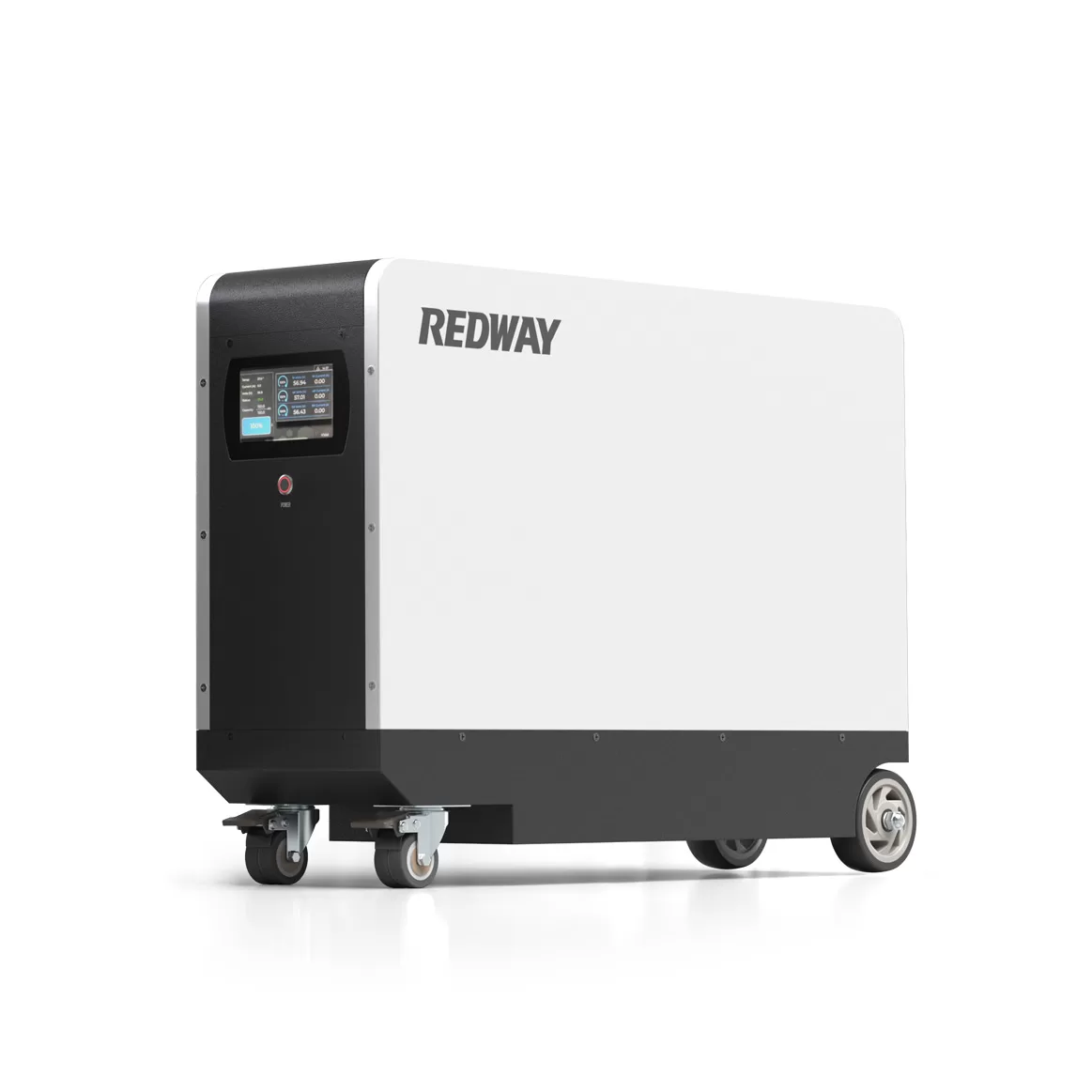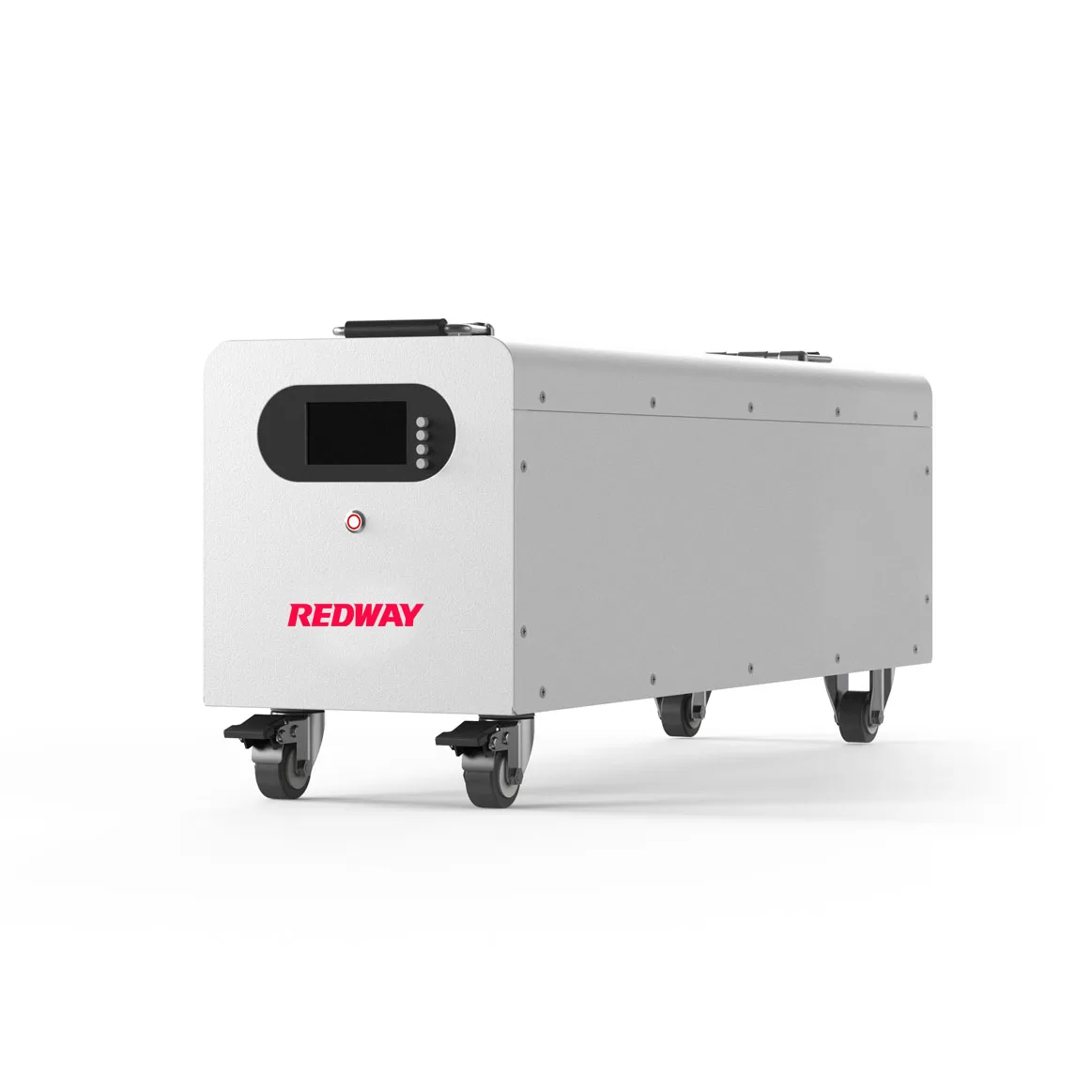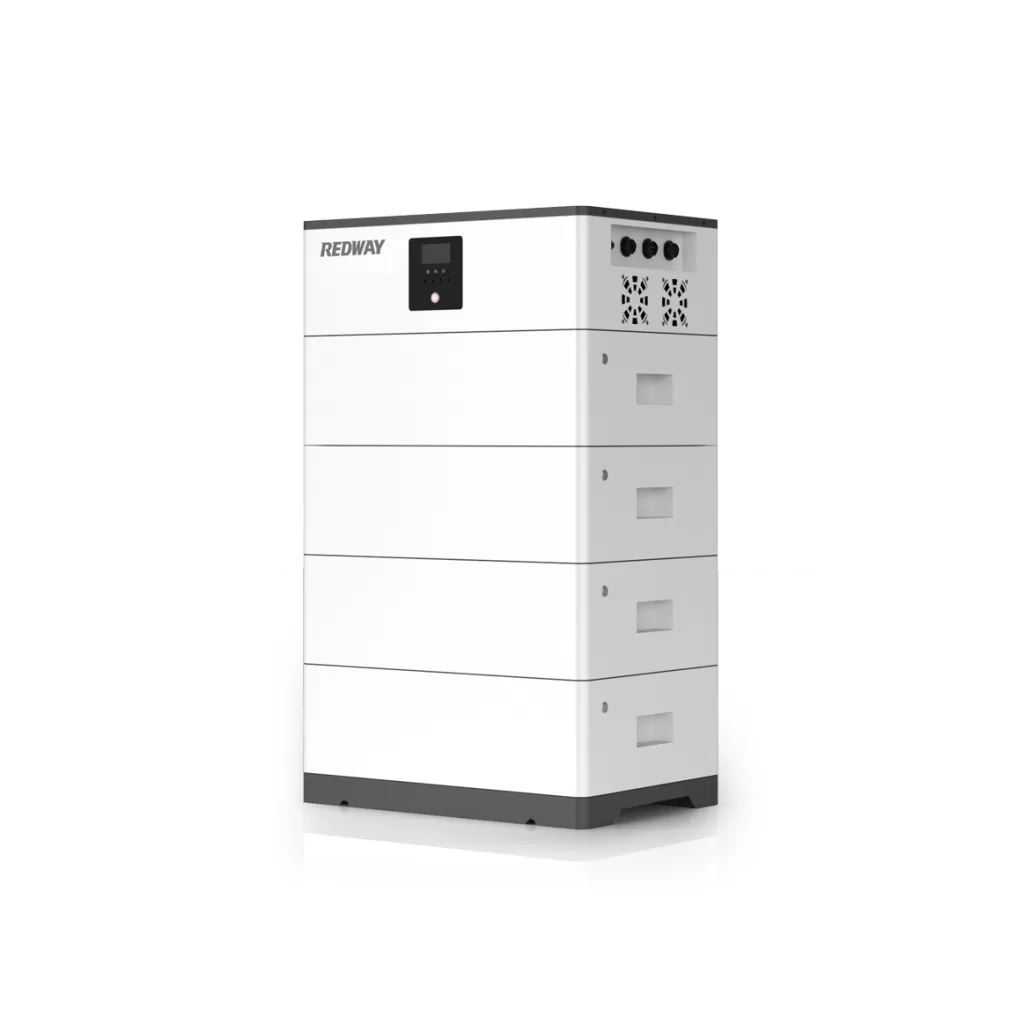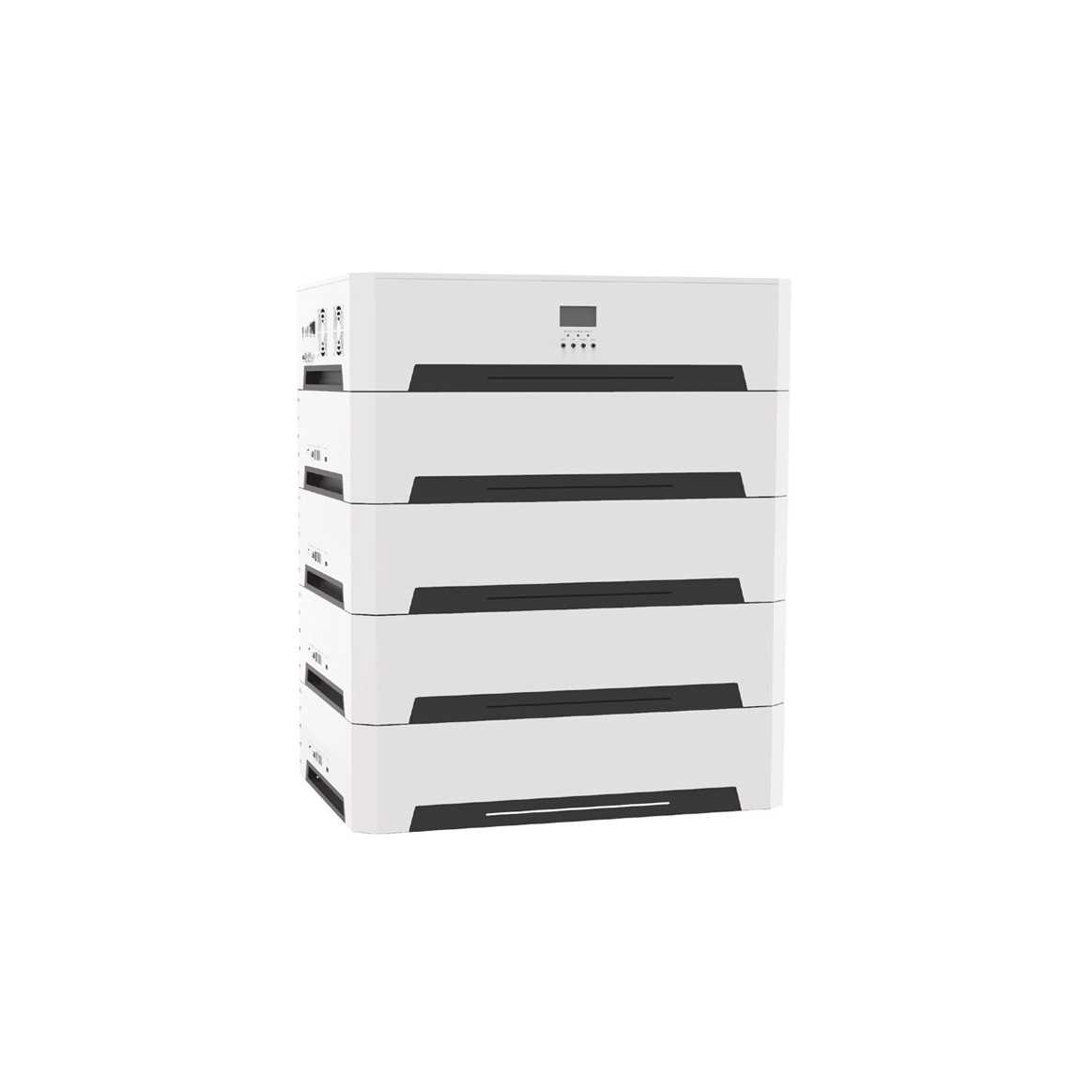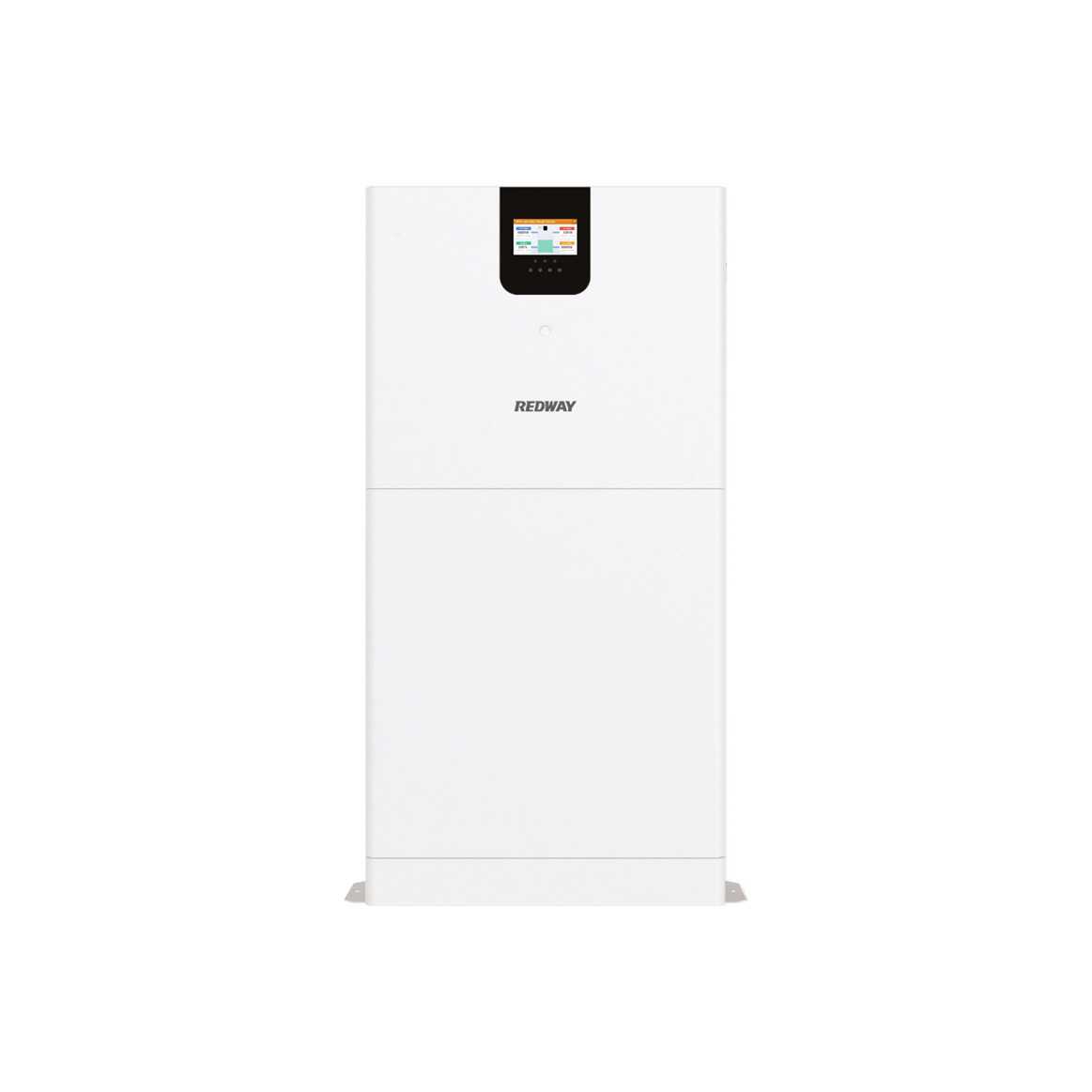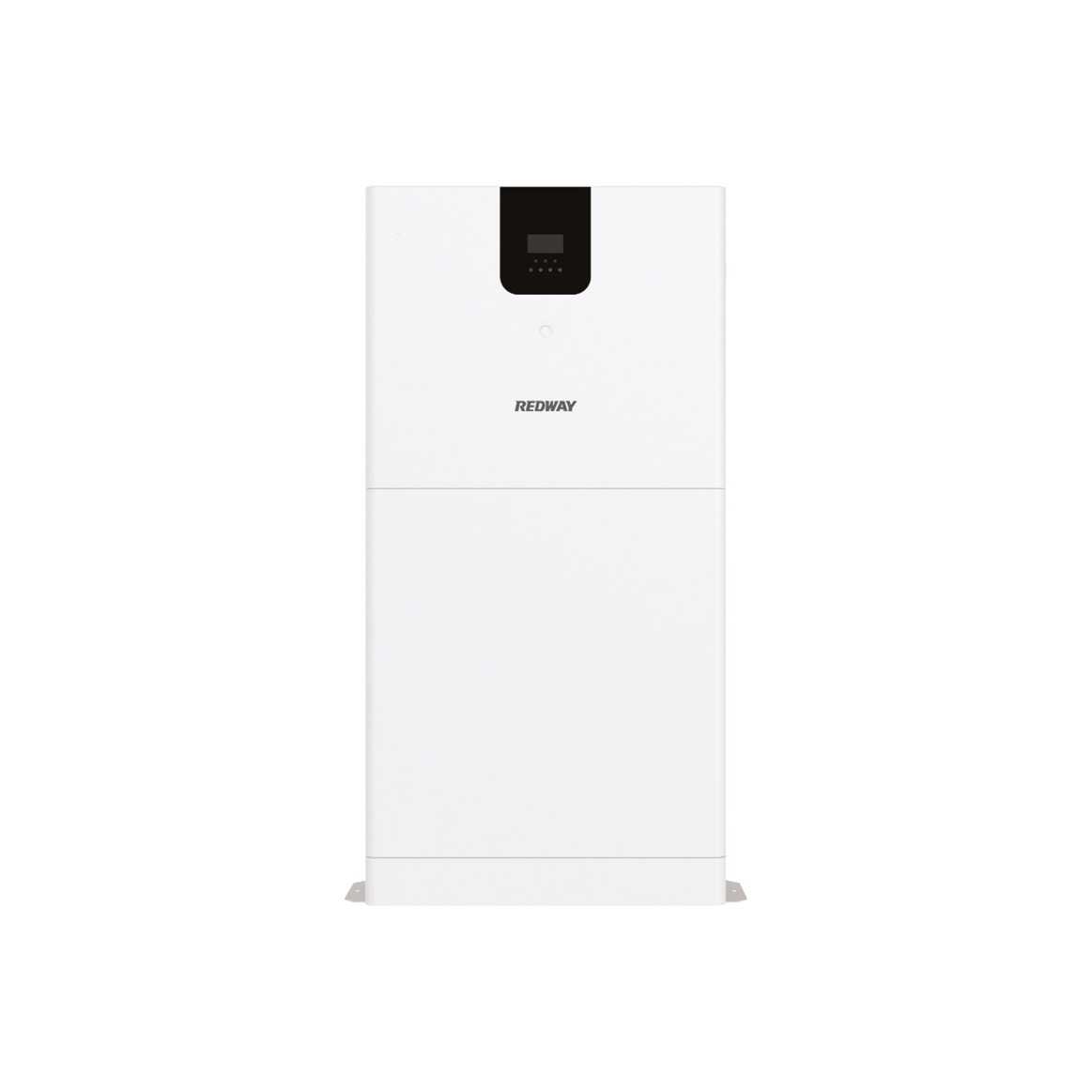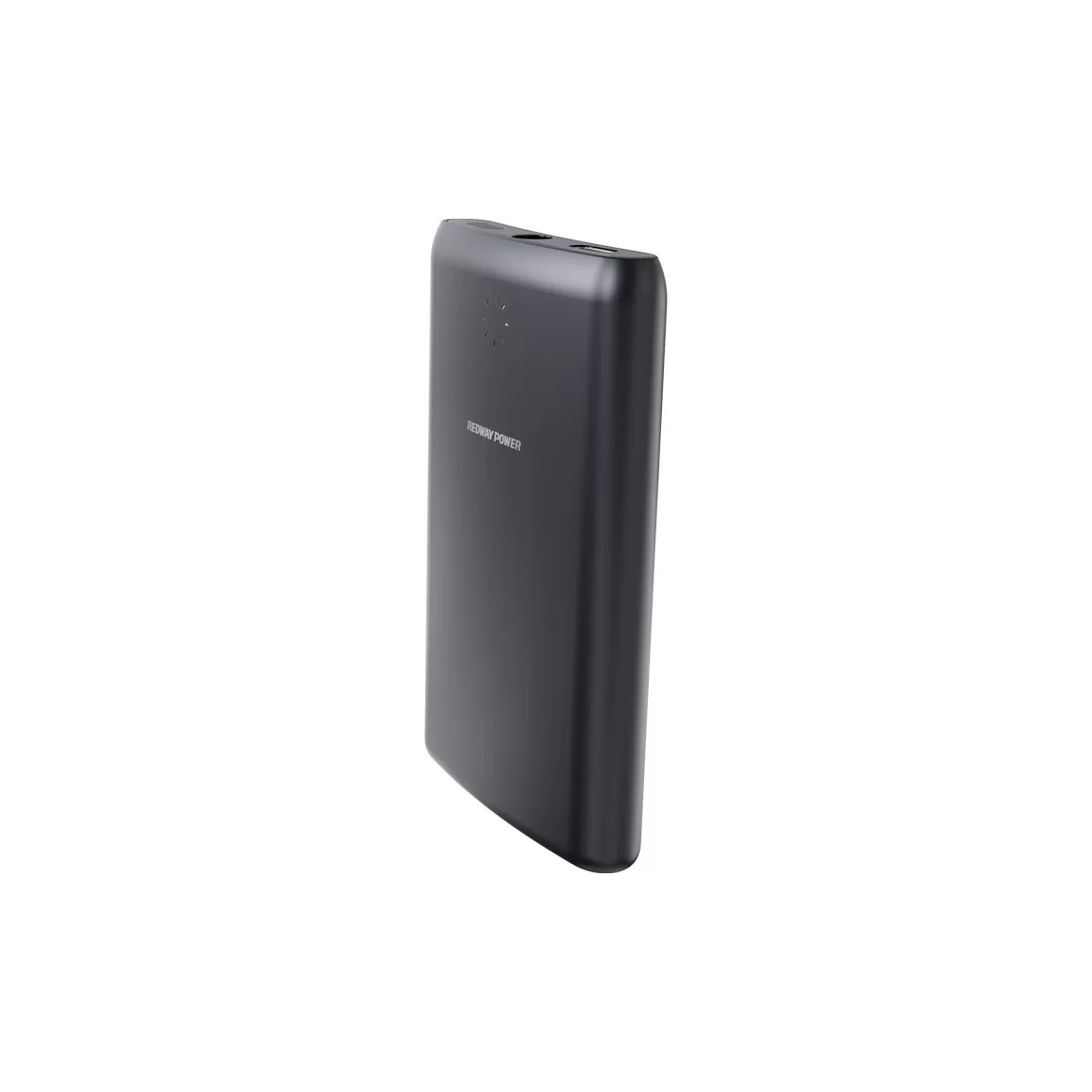Los amperios de arranque en frío (CCA) son una medida de qué tan bien la batería de un automóvil puede arrancar el motor en climas fríos , generalmente bajo cero. Cuando hace frío, las baterías necesitan proporcionar más energía para arrancar el automóvil. Para temperaturas regulares, existe otra clasificación llamada Amperios de arranque (CA): Las baterías tradicionales a menudo tienen números CA y CCA escritos.
Los estándares globales, establecidos por organizaciones como SAE, JIS y DIN, garantizan que las baterías de los automóviles funcionen tanto en climas cálidos como fríos. Estos estándares implican probar el rendimiento de la batería en condiciones frías. Por ejemplo, el estándar SAE J537 verifica si un 12- La batería de voltios puede proporcionar una corriente de amperaje de arranque en frío específica durante 30 segundos a -18 °C sin que el voltaje caiga por debajo de 7,2 voltios.
Tabla de contenido
¿Qué son los amperios de arranque en frío (CCA)?
Los amperios de arranque en frío (CCA) son una medida utilizada en el mundo de las baterías para indicarnos qué tan bien una batería puede arrancar un motor en climas fríos. Muestra la cantidad de corriente (medida en amperios) que una batería de 12 V completamente cargada puede proporcionar durante 30 segundos. mientras mantiene un voltaje de 7,2 V a una temperatura de congelación de 0 °F (-18 °C) . En términos más simples, indica qué tan fuerte y confiable es una batería cuando intenta arrancar su automóvil en el frío.
¿Cómo varía el CCA requerido para diferentes motores?
Los amperios de arranque en frío (CCA) necesarios para arrancar un motor pueden variar según factores como el tamaño del motor, la temperatura y el tipo de aceite del motor. Generalmente, los motores más grandes con más cilindros pueden necesitar más CCA para arrancar en comparación con los más pequeños. El fabricante del vehículo considera estos factores al especificar la batería del equipo original (OE).
Una regla general es tener 1 amperio de arranque en frío por cada pulgada cúbica de cilindrada del motor, mientras que los motores diésel normalmente necesitan 2 CCA . expresado en centímetros cúbicos (CC) o litros (L), y 1 L es aproximadamente 61 pulgadas cúbicas. Por lo tanto, un motor de 2276 CC tiene aproximadamente 2,3 L , equivalente a 140 pulgadas cúbicas. Combinar el CCA adecuado con las necesidades de su motor garantiza un arranque efectivo, especialmente en condiciones de frío.
La clasificación CCA de una batería es crucial para quienes viven en lugares fríos
Si estás en un lugar frío, la clasificación CCA de una batería es crucial. CCA muestra qué tan bien la batería puede arrancar tu auto en climas fríos. A medida que las baterías envejecen, su potencia de arranque disminuye. Por lo tanto, es inteligente conseguir un reemplazo. Batería con CCA igual o mayor que la original . Colocar una batería con CCA más bajo puede hacer que su automóvil funcione mal. Siempre iguale o suba más cuando elija una batería nueva.
¿Dónde se originó el término “amplificadores de arranque”?
El término “amplificadores de arranque” se originó en 1915, cuando Cadillac introdujo el motor de arranque eléctrico en sus modelos de automóviles. Antes de esta innovación, se utilizaban manivelas para arrancar los motores, una tarea que requería una fuerza considerable y planteaba riesgos para la seguridad. mediante una batería de arranque, proporcionó la corriente necesaria o “amperios de arranque” para arrancar el motor de manera más eficiente y segura. Este desarrollo marcó un momento crucial en la evolución de la industria de las baterías de automóviles, dando origen al término “amperios de arranque” e influyendo en la estándares utilizados para medir el rendimiento de la batería, incluida la clasificación de amperios de arranque en frío (CCA).
¿Existen calificaciones relacionadas con CCA?
Yes, there are related ratings to Cold Cranking Amps (CCA). Two such ratings are Cranking Amps (CA) and Marine Cranking Amps (MCA). Cranking Amps (CA) measures the current a fully charged 12V car battery delivers for 30 seconds while maintaining a voltage of 7.2V, but at a higher temperature of 32°F (0°C). Marine Cranking Amps (MCA) is essentially the same as CA but is also performed at 32°F (0°C). MCA is considered a more relevant rating for batteries in warmer or marine environments where freezing temperatures are less likely. These ratings provide additional information about a battery’s performance under different temperature conditions.
Should the CCA rating solely drive the car battery purchase decision?
While the Cold Cranking Amps (CCA) rating is an important consideration, it should not be the sole factor driving your car battery purchase decision. In many cases, especially in warmer regions, extremely low temperatures might not be a regular concern. It’s essential to consider other factors like the type of battery (starter or deep cycle), group number, Reserve Capacity (RC), Amp Hour Capacity (Ah), and warranty coverage. Choosing a battery with an appropriate CCA rating for your climate is important, but it’s equally crucial to ensure that the overall specifications and features of the battery meet the requirements of your vehicle.
How many CCAs are typically needed in a jump starter?
For an average-size car, including compact SUVs to light trucks, a jump starter with a Cold Cranking Amps (CCA) rating of 400-600 CCA should be sufficient. Larger trucks may require more amps, possibly around 1000 CCA. It’s important to note that the amps needed to jump-start a car are generally lower than the CCA of the car battery. Additionally, the type of engine (petrol or diesel) can affect the required amps. Peak Amps, indicating the maximum current a jump starter can produce on the initial burst, is another consideration, but the CCA rating remains the crucial factor to pay attention to.
What standards define the CCA test?
Global standards for the Cold Cranking Amps (CCA) test were established due to the temperature impact on engines and automotive batteries. Various organizations, such as the Society of Automotive Engineers (SAE) and the German Institute for Standardization (DIN), have developed standards focused on Cold Cranking Amps (CCA) and Cranking Amps (CA) measurements. The commonly used CCA test is based on the SAE J537 Jun 1994 American Standard, which measures the output amp of a 12V battery for 30 seconds while maintaining 7.2V at 0°F (-18°C).
CCA vs CA (Cranking Amps)
CCA (Cold Cranking Amps) is crucial for starting a vehicle in cold conditions, measuring a battery’s ability to initiate the engine when temperatures drop. Particularly vital for cold climates, CCA ensures sufficient power even as temperatures affect battery performance.
Differentiating from marine cranking amps (MCA), CCA assesses power output at 0°F for 30 seconds, while MCA does so at 32°F.
When choosing a replacement battery, prioritize the CCA rating for reliable engine starts in cold weather. Even if sub-zero conditions aren’t typical, having ample power ensures consistent starts regardless of weather conditions.
Do lithium batteries use cold cranking current?
Generally speaking, most lithium batteries rely on ratings related to peak current (20°C/68°F for 5 to 10 seconds) rather than CCA. The CCA rating is primarily used to understand how much current the battery can deliver when starting quickly or revving the engine in cold temperatures while still maintaining the required voltage. CCA ratings are not as useful or relevant for ratings related to deep cycle storage or long-term use and storage.
But it’s worth noting that some lithium batteries are actually dual-purpose, providing both starting and deep cycling. The Redway Power 12v lithium battery does just that, as it is capable of powering the trolling motor and electronics on your boat, and also provides the power needed to start the motor.
What Should I Consider When Getting A Battery Replacement?
Here’s a breakdown of what to look for in a replacement battery:
A. Battery Type and Technology
Do you need a battery to start your car or one that lasts a long time for accessories? Lead acid and AGM batteries do both jobs. Lithium batteries last even longer but are mainly for electric cars. Some brands, like Odyssey with thin high-lead plates or Optima with spiral-wound cells, have unique technologies you might like.
B. Cold Cranking Amps (CCA)
CCA shows how well a battery starts in the cold. Pick a battery with a CCA rating that matches or is a bit higher than your current one.
C. Battery Group Number
The battery group tells you about the battery’s size, where its terminals are, and what type it is. It’s usually based on the car’s brand, model, and engine type.
D. Reserve Capacity (RC)
The Reserve Capacity (RC) of a battery is like a timer. It tells you how many minutes a 12V battery can give power at 25A before its voltage goes down to 10.5V. This helps know how much extra time your battery can power things if your car’s alternator stops working.
E. Amp Hour Capacity (Ah)
Amp Hour (Ah) is like the full power tank of a 12V battery. It shows how much power the battery gives for 20 hours before it’s all used up (when the voltage goes down to 10.5V). If you have a 100Ah battery, it means it can provide 5A of power for 20 hours.
F. Warranty Coverage
La batería debe tener una garantía simple que le permita obtener un reemplazo gratis dentro de un tiempo determinado si la batería nueva tiene un problema. Si solucionar esto parece demasiado complicado, es una buena idea dejar que un mecánico elija la batería por usted.
